
Have you ever wondered about the story behind your favorite pre-workout supplement?
It's a timeline that spans over a century, filled with innovation, controversy, and a relentless pursuit of performance enhancement.
Let's break down this timeline.
The history of pre-workouts traces from early caffeine use to today's scientifically-formulated, personalized supplements.
Despite controversies, the industry has adapted to consumer demands for clean ingredients and transparency.
However, users are starting to learn that not all pre-workouts are created equal.
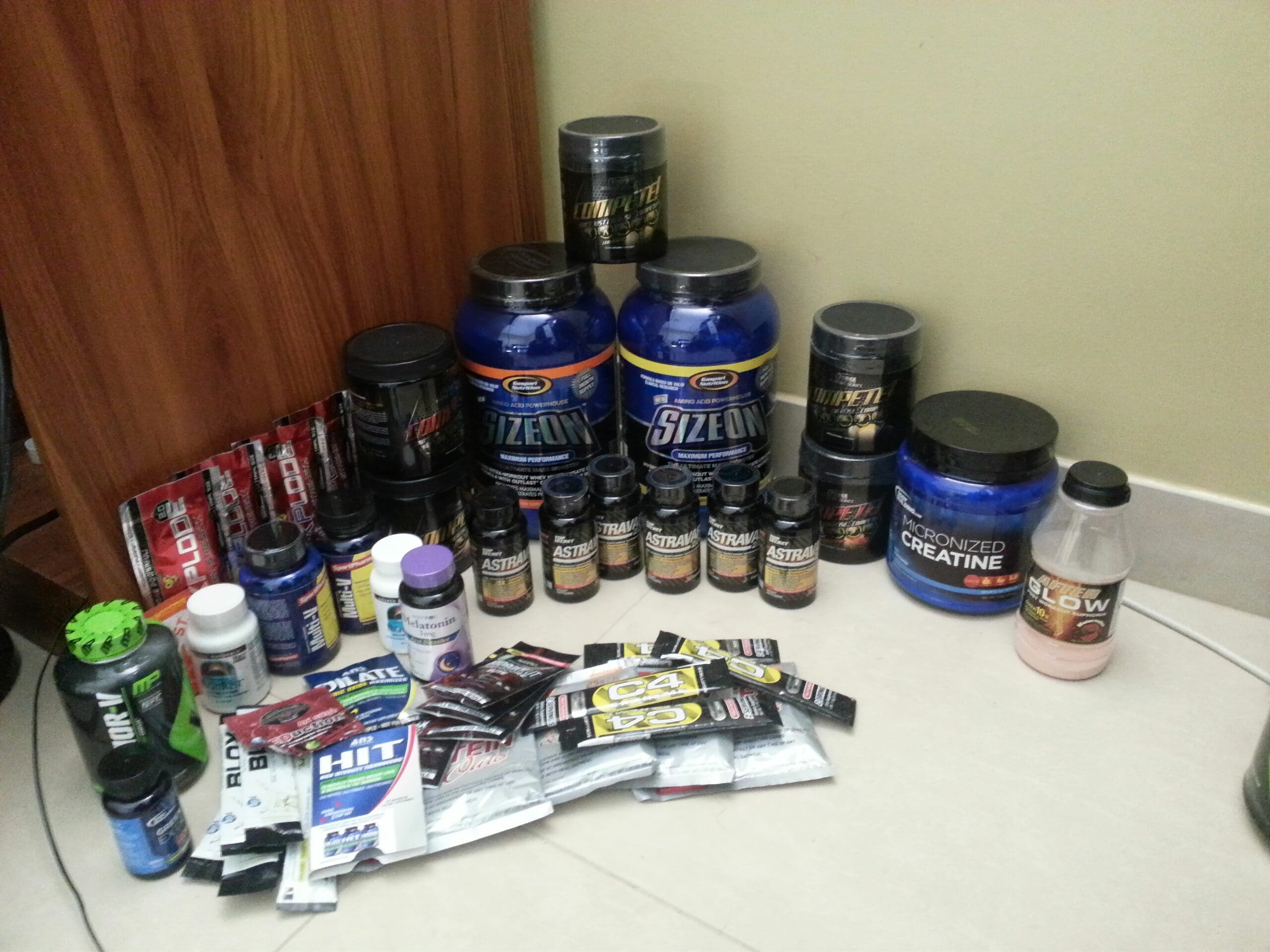
In the early 1900s, pre-workout nutrition was as simple as a cup of joe.
Caffeine, the active ingredient in coffee, was the original pre-workout stimulant.
But only some were on board.
Fitness pioneers like Eugen Sandow and George Hackenschmidt were skeptical, favoring a balanced diet and natural energy sources.
The 1960s brought a shift in perspective.
This era, dubbed the "Golden Age of Bodybuilding," saw coffee become a pre-workout staple.
Why the change?
The answer lies in the evolving understanding of exercise science.
Bodybuilders like Arnold Schwarzenegger and Frank Zane recognized the benefits of a caffeine boost.
But caffeine wasn't the only player in the game. Other substances, like the B vitamin niacin, started to gain popularity.
Fitness guru Vince Gironda believed niacin could enhance the much-desired muscle "pump" by enlarging blood vessels.
The 1980s marked a significant milestone in pre-workout history.
This decade witnessed the birth of the first dedicated pre-workout supplement, Ultimate Orange.
This supplement, promising enhanced muscle mass, increased energy, and improved focus, quickly gained popularity.
But it wasn't all smooth sailing.
Ultimate Orange faced numerous lawsuits in the late 1990s and early 2000s linked to heart attacks among seemingly healthy individuals.
The culprit?
An ingredient named ephedra was later banned in the U.S.
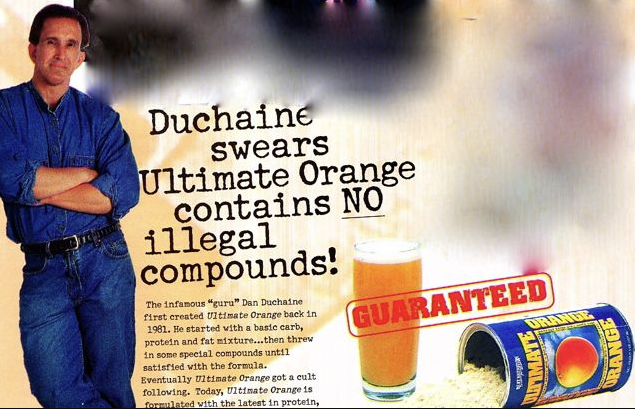
The 1980s marked a significant milestone in the history of pre-workouts.
This decade witnessed the birth of the first dedicated pre-workout supplement, Ultimate Orange.
The man behind this innovation was Dan Duchaine, a controversial figure in bodybuilding. Duchaine, often called the "Steroid Guru," was known for pushing the boundaries in pursuing performance enhancement.
Ultimate Orange promised a trifecta of benefits:
These promises quickly caught the attention of fitness enthusiasts, propelling Ultimate Orange to popularity.
The key ingredient in Ultimate Orange was ephedra, a potent stimulant.
Ephedra and caffeine created a powerful energy boost that made Ultimate Orange a game-changer in the pre-workout scene.
However, the success of Ultimate Orange was short-lived.
The late 1990s and early 2000s, the supplement was linked to heart attacks among seemingly healthy individuals.
This led to numerous lawsuits and, eventually, the banning ephedra in dietary supplements in the U.S.
Despite the controversy, the invention of Ultimate Orange marked the beginning of a new era in pre-workout nutrition.
It set the stage for developing more sophisticated and safer pre-workout formulas in the decades.
Despite the Ultimate Orange controversy, the pre-workout industry continued to evolve.
The 1990s and 2000s saw the introduction of new ingredients and more sophisticated formulas.
Key developments included:
Pre-workout supplements became more specialized, catering to different fitness goals.
Today, the pre-workout market is more diverse than ever.
From powders and pills to gummies and drinks, there's a pre-workout for every preference and fitness goal.
This diversity reflects the evolving needs and understanding of today's fitness community.
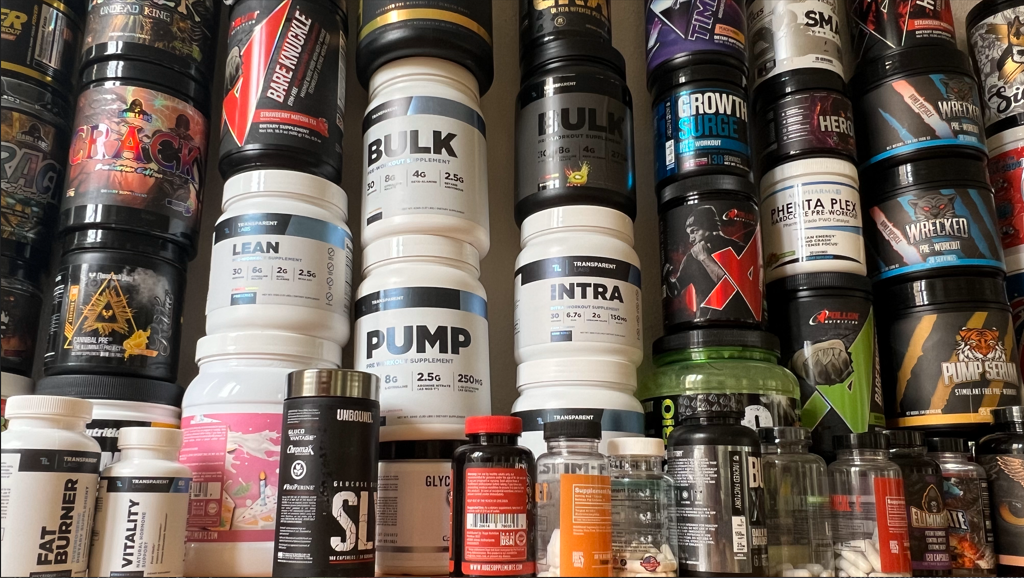
Let's dive into some of the current trends shaping the pre-workout landscape.
Read more: Safe Pre-Workouts
One of the most significant trends in the pre-workout market is personalization.
As consumers become more knowledgeable about their unique nutritional needs and fitness goals, they seek pre-workout supplements tailored to their specific requirements.
This has led to the development pre-workouts designed for particular purposes, such as weight loss, muscle gain, endurance enhancement, and focus improvement.
There's a growing demand for clean and natural ingredients in pre-workouts.
Consumers are increasingly conscious of what they put into their bodies and opt for pre-workouts with natural flavors, sweeteners, and organic ingredients.
This trend has led to "clean" pre-workouts free from artificial additives and controversial ingredients.
Transparency is another key trend in the pre-workout market.
Consumers want to know precisely what they're consuming and in what quantities.
This has led to a shift from proprietary blends to clearly labeling all ingredients and their dosages.
In addition, more companies are investing in third-party testing to assure consumers of their products' purity, potency, and safety.
The pre-workout market is experiencing significant growth.
The global pre-workout supplement market size was estimated to reach $13.98 billion in 2020 and is expected to almost double in size to $23.77 billion by 2027.
This growth is driven by increasing consumer interest in fitness and wellness, advancements in supplement formulation, and the growing availability of pre-workout supplements through various distribution channels.
In conclusion, the pre-workout market is characterized by personalization, a focus on clean and natural ingredients, transparency, and robust growth.
As consumer demands and preferences evolve, we expect to see even more innovation and diversity in the pre-workout market.
Modern research plays a pivotal role in the world of pre-workouts.
With an increasing number of studies being published, our understanding of these supplements and their effects on the human body continually evolves.
This wealth of information is not only beneficial for the scientific community but also for consumers and companies alike.

One of the primary ways research impacts the pre-workout industry is by guiding consumer choices.
Today's fitness enthusiasts are savvy.
They want something other than a product that promises results and backed by science.
Studies on the efficacy and safety of various ingredients and their dosages help consumers decide which pre-workout to purchase.
Research also informs product development.
Companies use these studies to formulate their pre-workouts, ensuring they contain ingredients proven to enhance performance, increase energy, and aid recovery.
This scientific approach to product development helps companies stand out in a crowded market and build trust with their consumers.
At FitFrek, we understand the importance of science in the fitness industry.
We use the latest research to provide accurate, up-to-date information on pre-workouts.
Our reviews delve into the science behind the ingredients, discussing their benefits and optimal dosages based on current studies.
An informed consumer is savvy, and we're here to help you make the best choices for your fitness journey.
The future looks bright for research in pre-workouts.
With more studies being conducted and published, we're gaining a deeper understanding of how these supplements work and how they can be optimized for maximum benefits.
This growing body of knowledge will continue shaping the pre-workout industry, developing more effective, safer, personalized products.
Driven Sports, a well-known name in the fitness supplement industry, found itself amid controversy with its pre-workout supplement, Craze.
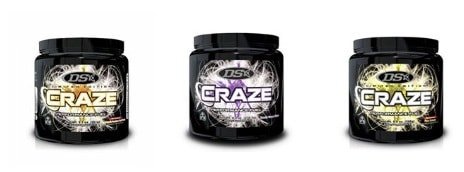
Craze, marketed as a performance fuel, quickly gained popularity among fitness enthusiasts. The supplement promised to provide:
These claims and positive user reviews made Craze a sought-after pre-workout supplement.
They tried to release Craze The OG as a replacement for the original Craze but of course it didn't match the hype.
However, in 2013, the reputation of Craze took a hit.
Researchers from the U.S. and the Netherlands claimed to have found a methamphetamine analog, N, alpha-diethyl phenylethylamine (N,a-DEPEA), in the supplement.
This compound was not listed on the product's label.
The presence of an undisclosed and potentially harmful ingredient raised severe health concerns. This led to the following:
Driven Sports denied the allegations, stating that their internal testing did not reveal the presence of N,a-DEPEA.
They suggested that the positive test results might have been due to cross-contamination or improper testing methods.
Despite the controversy, Driven Sports continued to operate and released a new version of Craze, Craze V2.
However, the incident served as a reminder of the importance of transparency and rigorous testing in the supplement industry.
The Craze controversy underscores the need for consumers to be informed and cautious when choosing supplements.
It's a reminder of the importance of purchasing supplements from reputable companies that prioritize quality control and transparency.
Understanding the regulation of dietary supplements can help shed light on how incidents like the Craze controversy occur.
The Food and Drug Administration (FDA) protects public health in the United States by ensuring the safety and efficacy of drugs, biological products, and medical devices.
However, dietary supplements, including pre-workouts, are not regulated in the same way as drugs.
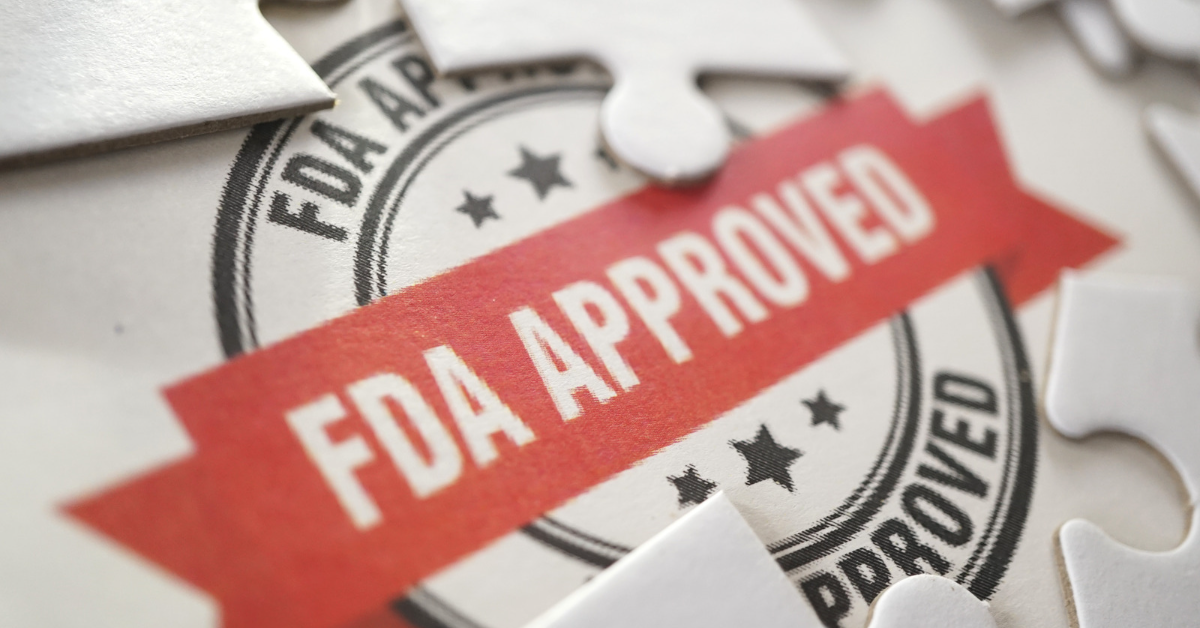
Under the Dietary Supplement Health and Education Act (DSHEA) of 1994, dietary supplements are classified as food, not drugs.
This means that:
This regulatory framework has certain loopholes:
These loopholes can lead to situations where potentially harmful or undisclosed ingredients make their way into dietary supplements.
The Craze controversy is a case in point.
There have been calls for more stringent regulation of dietary supplements to prevent such incidents. This includes:
In the meantime, consumers can protect themselves by purchasing supplements from reputable manufacturers and being informed about the ingredients in their supplements.
While the FDA provides oversight for the supplement industry, the responsibility for ensuring the safety and quality of products largely falls on the manufacturers themselves.
This is where self-regulation comes into play.
One of the most common ways supplement companies self-regulate is through third-party testing.
This involves having an independent laboratory test their products for:
Third-party testing provides an additional layer of assurance for consumers that the product they're buying meets certain quality and safety standards.

Some supplement companies go a step further and seek certifications from independent organizations.
These certifications often involve rigorous testing and inspection processes.
Products that meet the certification criteria are allowed to display a seal on their packaging, indicating their quality and safety.
Examples of such certifications include:
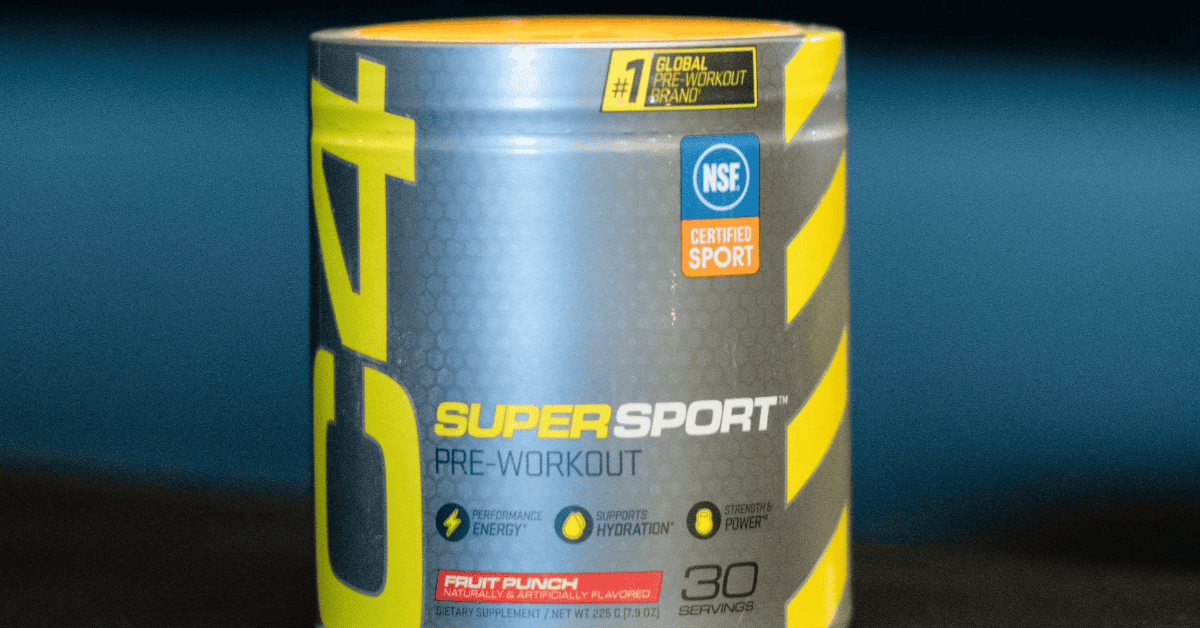
Another aspect of self-regulation involves transparency and traceability.
Some companies provide detailed information about their supply chains, manufacturing processes, and testing results.
This transparency allows consumers to make informed decisions about the products they use.
In conclusion, while the supplement industry is subject to regulatory oversight, self-regulation is crucial in ensuring product quality and safety.
As consumers, it's important to look for signs of self-regulation, such as third-party testing results and quality certifications, when choosing supplements.
In an industry where self-regulation plays a crucial role, some companies set themselves apart by going the extra mile.
They're not just meeting the basic safety and quality standards but exceeding them by prioritizing clean, natural, and transparent products.
Companies are doing this by using natural ingredients in their supplements.
This includes natural flavorings and sweeteners, as well as organic ingredients.
By doing so, these companies cater to growing consumer demand for clean and natural products.
For example, these companies might use stevia or monk fruit extract instead of artificial sweeteners like sucralose or acesulfame potassium.
Instead of artificial flavors, they might use natural flavor extracts derived from fruits, herbs, or spices.
You might also like: This Ultimate Guide to Bodybuilding Supplements
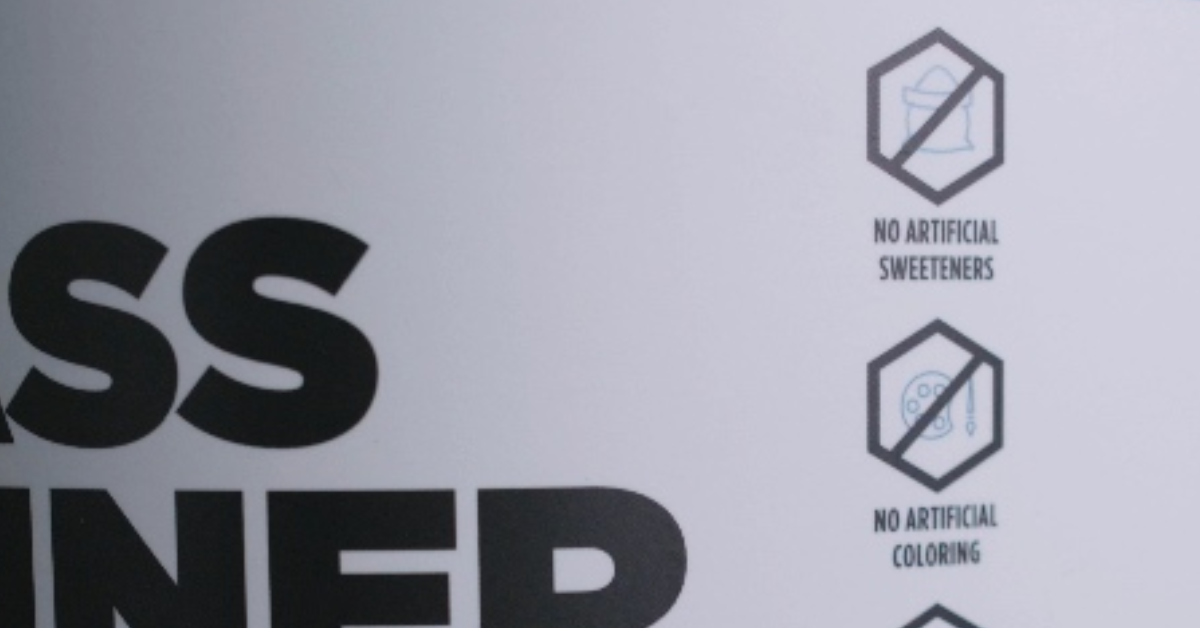
Transparency is another area where some supplement companies are going above and beyond.
These companies provide detailed information about every product ingredient, including the exact amounts.
This is a departure from the industry norm of "proprietary blends," where the specific amounts of each ingredient are not disclosed.
While third-party testing is a common form of self-regulation in the supplement industry, some companies take it a step further.
They have their products tested for purity, potency, and composition and publish the test results for consumers to see.
This level of transparency provides an additional layer of assurance for consumers.
A prime example of a company that embodies these principles is Transparent Labs.
This company prides itself on its commitment to transparency, clean ingredients, and scientific backing.
Transparent Labs uses only natural flavors and sweeteners in its products.
It also provides complete transparency about its ingredients, with no proprietary blends.
Every ingredient and its dosage are listed on the product label.
In addition, Transparent Labs has its products third-party tested for purity and potency.
The test results are made available to consumers, providing an extra layer of transparency.
In conclusion, while the supplement industry as a whole has a responsibility to ensure the safety and quality of its products, some companies are setting a higher bar.
By prioritizing natural ingredients, transparency, and third-party testing, these companies are meeting consumer expectations and exceeding them.
The history of pre-workouts is a testament to our evolving understanding of exercise science and nutrition.
From the simple cup of coffee in the early 1900s to the sophisticated supplements of today, pre-workouts have continually adapted to meet the changing needs of fitness enthusiasts.
We might see even more personalized and targeted pre-workout supplements, perhaps even ones tailored to individual genetic profiles.
We may also see a greater emphasis on natural and organic ingredients in response to growing consumer interest in health and wellness.
In the world of fitness, the pre-workout has secured its place.
It's more than just a supplement; it's a testament to our ongoing quest for better performance, health, and well-being. As we look to the future, one thing is certain: pre-workout evolution is far from over.
What was the first pre-workout supplement?
The first commercial pre-workout supplement was Ultimate Orange, introduced by Dan Duchaine in 1982. It combined ephedra, caffeine, and aspirin for a powerful energy boost.
Why was Ultimate Orange, the first pre-workout, controversial?
Ultimate Orange was controversial because it included ephedra, a stimulant linked to serious side effects and even death. The supplement was eventually taken off the market due to safety concerns.
What was the Craze controversy about?
Craze, a pre-workout by Driven Sports, was banned after it was found to contain a methamphetamine analog. This raised serious safety concerns and highlighted the need for stricter regulation and quality control in the supplement industry.
How are pre-workout supplements regulated?
In the United States, the FDA does not pre-approve dietary supplements, including pre-workouts. However, they can take action if a supplement is unsafe or contains ingredients not listed on the label.
What is the role of the FDA in regulating pre-workout supplements?
The FDA's role is to monitor the safety of dietary supplements after they are on the market. They can take action to remove unsafe supplements, but they do not pre-approve or review supplements before they are sold.
What is third-party testing and why is it important in the supplement industry?
Third-party testing involves an independent organization testing a product to verify its ingredients and ensure it meets quality standards. This is important in the supplement industry to build consumer trust and ensure product safety and efficacy.
What are some current trends in the pre-workout market?
Current trends include personalization of pre-workouts to meet individual needs, a focus on clean and natural ingredients, and increased transparency with clear labeling of ingredients and their dosages.
What does it mean when a pre-workout supplement is "clean"?
A "clean" pre-workout supplement typically refers to a product that is free from artificial additives and controversial ingredients. It may also mean the product uses natural flavors, sweeteners, and organic ingredients.
Why is transparency important in the pre-workout market?
Transparency is important because it allows consumers to know exactly what they are consuming and in what quantities. This can help consumers make informed decisions and avoid potential risks.
How big is the pre-workout supplement market?
The global pre-workout supplement market size was estimated to reach $13.98 billion in 2020 and is expected to almost double in size to $23.77 billion by 2027. This growth is driven by increasing consumer interest in fitness and wellness, advancements in supplement formulation, and the growing availability of pre-workout supplements through various distribution channels.
Useful Links
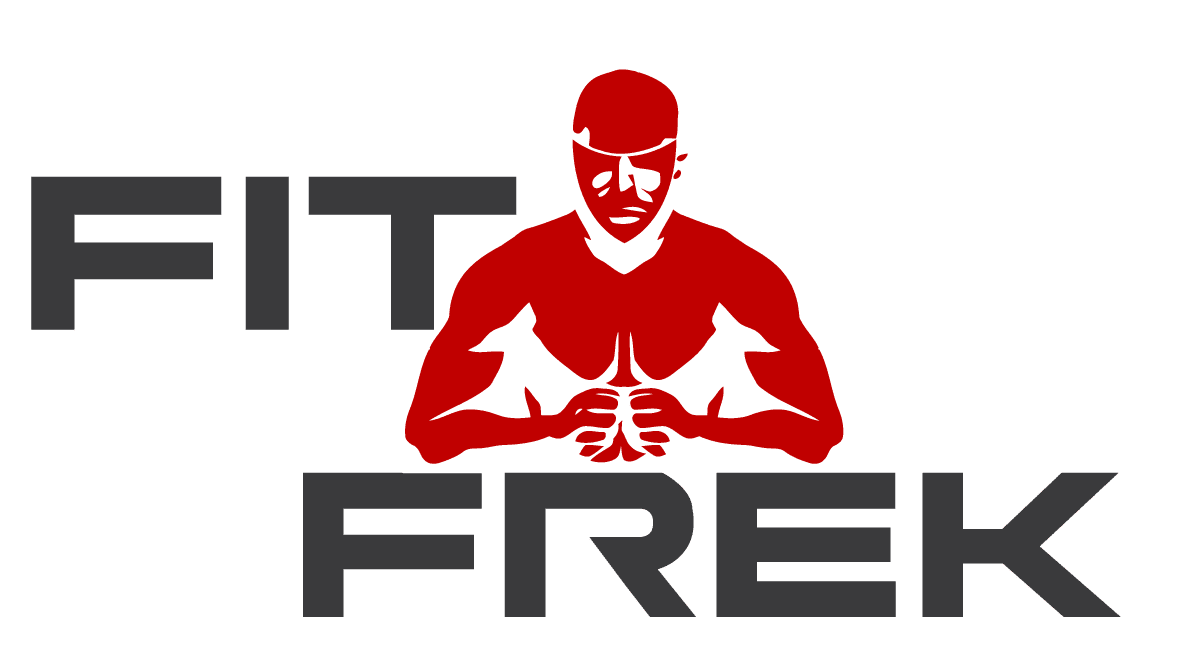 About FitFrek
About FitFrekFitFrek operates as an independent platform, offering comprehensive workouts, programs, routines, guides, and unbiased reviews to accelerate your progress. We pride ourselves on our honesty, delivering straightforward and candid insights. FitFrek does not offer medical advice, diagnosis, or treatment services.